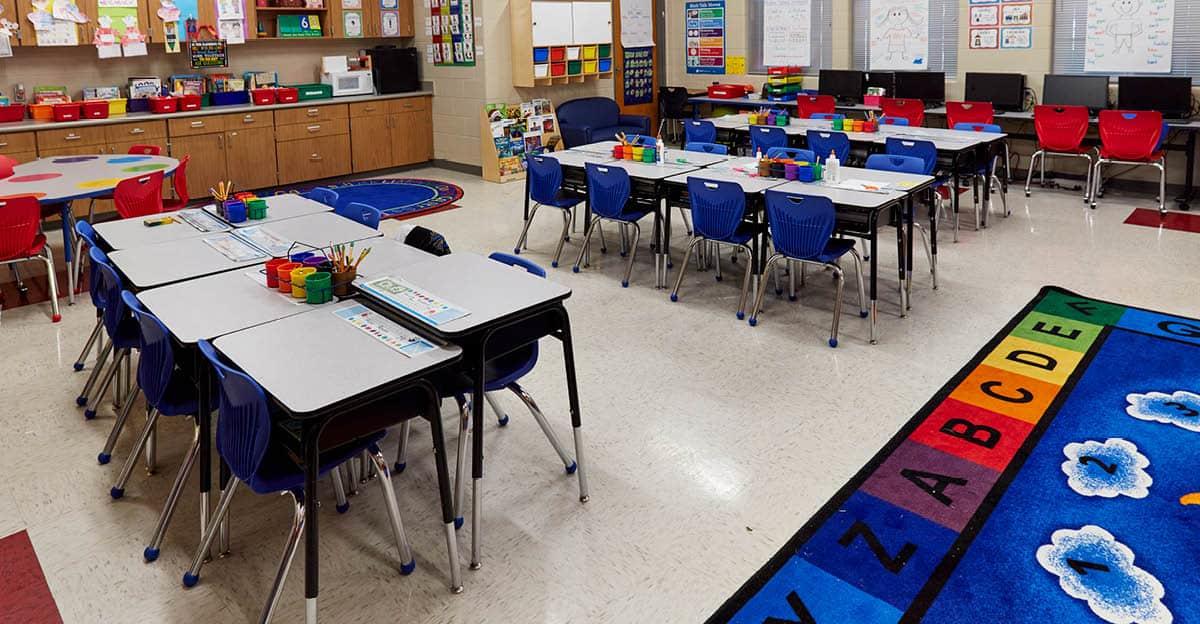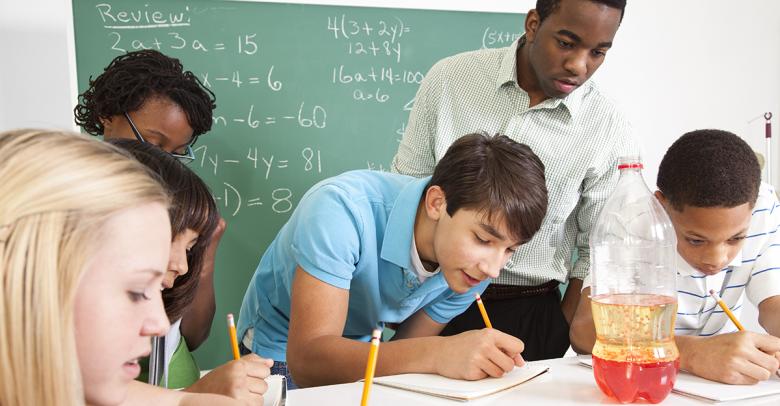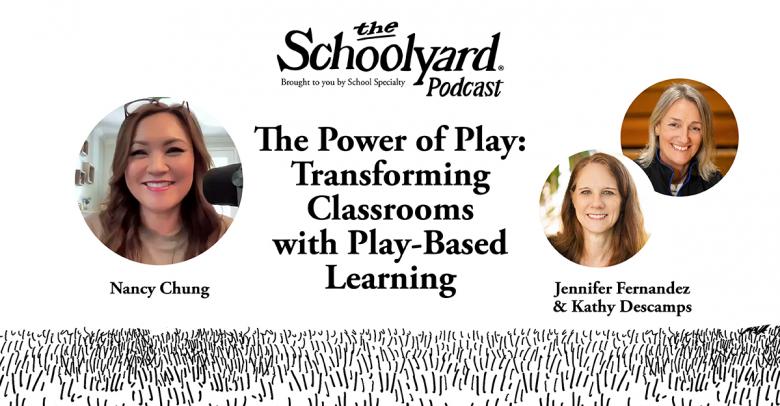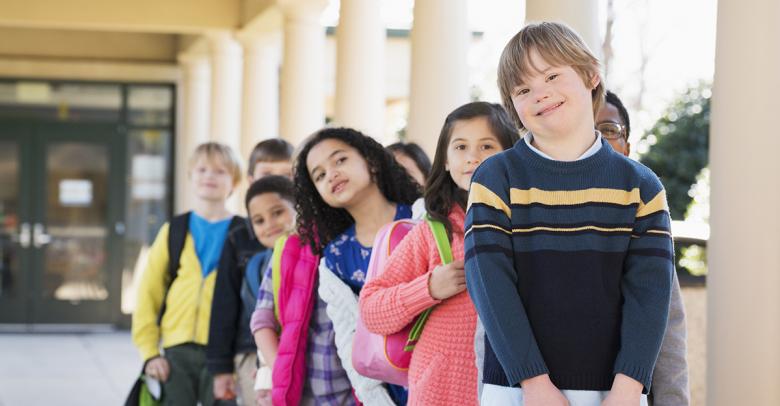As this blog post observes, the right kind of physical environment can help young children transition into learning at the start of the day — as well as move smoothly from one type of activity to another.
Besides making children feel welcome and helping to ease transitions from home to school and from one activity to another, here are four additional characteristics that should describe every early learning environment.
Safe and Secure
The safety of children is paramount, and the design of the learning space should reflect this priority.
Furniture should have rounded corners, with no sharp edges or exposed hardware that children could catch their fingers or clothing on. Chairs should be sturdy, so children don’t tip over. Cabinets that contain cleaning supplies or other dangerous materials should be locked or placed at higher elevations, so children can’t get into them. There should be clear sight lines throughout the space so that all children are visible to adults — and adults are visible to children.
Developmentally Appropriate
Every piece of furniture needs to be geared toward children. For instance, chairs should be the right height. There should be a six- to eight-inch space between the table top and the tops of children’s knees when they’re sitting down, so their elbows can rest comfortably. Tables can’t be too big, so children can reach across and get materials.
Easily Accessible
Early learning environments should contain shelving units where children can place materials directly on shelves or in bins by themselves, without a teacher’s help. Everything should be clearly labeled with both words and symbols, so that materials are easily recognizable. When it’s time to clean up, all materials have a well-defined place, so children can put things back where they belong. This helps foster independence and self-confidence, allowing children to develop behavior management and self-regulation skills. When children accomplish a task and help clean up, it makes them feel good about themselves.
Intellectually Stimulating
Early learning is about learning through play and communication. That’s how children make sense of the world, by exploring and talking with each other. The furnishings and materials in the learning space should facilitate this.
The environment should be equipped with elements that invite learning and exploration both individually and in collaboration with others, such as open-ended materials that don’t have a specific purpose but instead encourage imagination. For example: building blocks and manipulatives that allow for linking or constructing; objects that let children experiment through trial and error; dual-sided art easels; sand and water tables filled with sensory items. When we allow children to experiment, explore, and collaborate, they are building foundational skills for later academic success.
Learn more about the relationship between classroom design and effective early learning.
Download our FREE guide “Building a Classroom Environment That Stimulates Early Learning” today.
Tamie Pratt-Fartro, PhD
Dr. Tamie Pratt-Fartro has served the education community for over 20 years as early childhood/elementary teacher, reading specialist, literacy coach, professional development specialist, researcher, and university professor. Tamie has conducted multiple research studies on literacy, play, kindergarten transition, reflective teaching, and leadership.
Read more posts by Dr. Tamie Pratt-Fartro–>







Leave a Reply